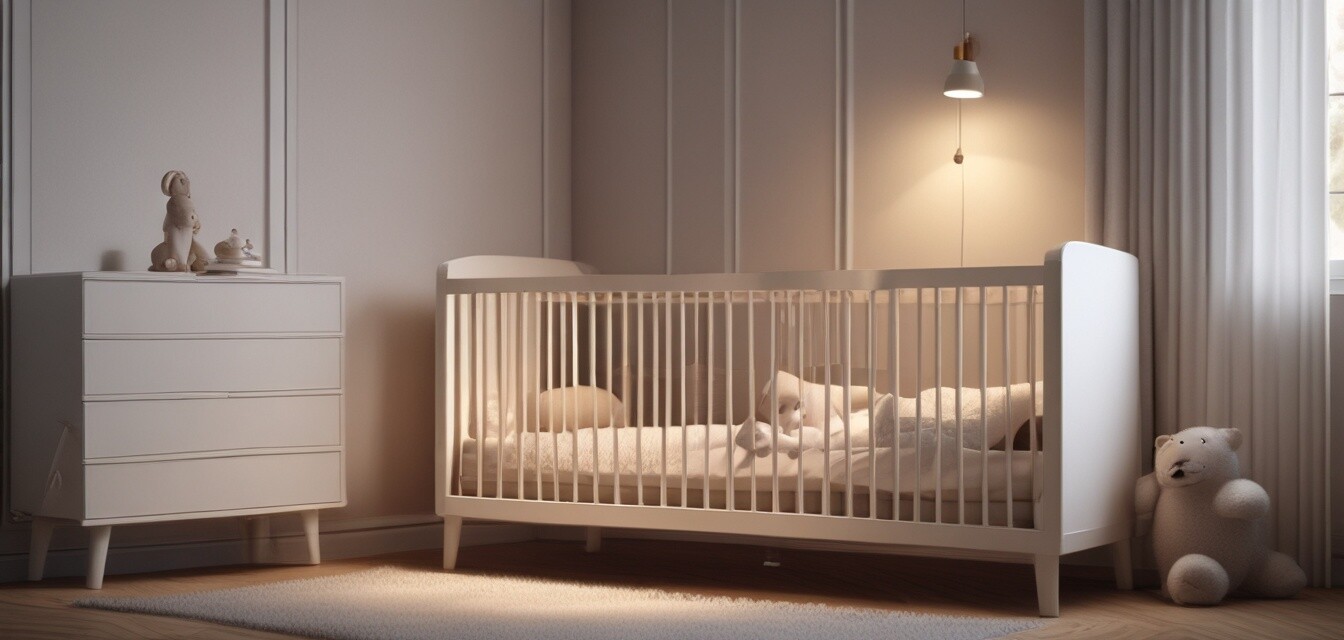
Sleep solutions: How to select the right mattress for your baby
Key Takeaways
- Choose a cot mattress that fits snugly in the cot.
- Look for safety certifications to ensure quality.
- Consider materials such as hypoallergenic, organic, or breathable options.
- Evaluate the firmness level for safe and comfortable sleep.
- Understand maintenance needs for longevity and hygiene.
Choosing the right mattress for your baby is one of the most crucial decisions parents make. A safe and comfortable sleep environment allows your little one to feel secure, ensuring quality rest. This guide will help you navigate through various factors to consider when selecting cot mattresses, so you can make an informed decision.
Why selecting the right mattress matters
The right mattress can contribute significantly to your child’s safety and comfort during sleep. Different mattresses have specific characteristics tailored to cater to the needs of babies. Understanding these features can aid you in selecting a mattress that provides the best sleep experience for your infant.
Essential factors to consider
1. Size and fit
It is vital to choose a mattress that fits snugly in the cot. An ill-fitting mattress poses safety hazards, as it may lead to gaps that could entrap your baby or increase the risk of rolling off.
Here are the common cot mattress sizes:
| Size | Dimensions (inches) |
|---|---|
| Standard Cot | 28 x 52 |
| Mini Cot | 24 x 38 |
| Travel Cot | 27 x 39 |
2. Safety certifications
Whenever possible, choose mattresses that come with safety certifications. Look for indications from organizations like the Consumer Product Safety Commission (CPSC) or the American Society for Testing and Materials (ASTM). Such certifications assure you that the mattress meets safety standards suitable for infants.
3. Materials used
Various materials lend themselves to different qualities in cot mattresses. Here are some prevalent materials you might consider:
- Hypoallergenic: Good for sensitive babies and reduces the risk of allergies.
- Organic: Free from harmful chemicals and toxins, providing a natural environment.
- Breathable: Offers better airflow and temperature regulation.
For more information on hypoallergenic and organic options, check our dedicated sections: Hypoallergenic Cot Mattresses and Organic Cot Mattresses.
4. Firmness level
For infants, a firmer mattress is often recommended to reduce the risk of suffocation and other sleep-related hazards. The firmness level should allow an infant to lie flat without sinking too deeply into the material.
5. Maintenance needs
Look into the maintenance requirements of the mattress. Easy-to-clean surfaces are advantageous, especially during the period of diaper leaks or spills. Waterproof options mitigate risks of mold and odors.
Types of cot mattresses
Understanding the different types of mattresses can assist you in choosing the right fit for your child:
| Type | Characteristics |
|---|---|
| Breathable Cot Mattresses | Promotes airflow, keeping your baby cool. |
| Dual-Sided Cot Mattresses | Offers different firmness levels for various growth stages. |
| Travel Cot Mattresses | Foldable and portable, convenient for travel. |
| Waterproof Cot Mattresses | Protects against spills and prolongs the mattress’ life. |
To explore these types, navigate through our links like Breathable Cot Mattresses or Travel Cot Mattresses.
Conclusion
Choosing the right cot mattress requires careful consideration of several factors, including size, safety certifications, materials, firmness, and maintenance. By evaluating these elements, you can create a safe sleeping environment for your baby, which is essential for their comfort and overall well-being.
Tips for first-time parents
- Test the mattress firmness by pressing on it; the surface should feel firm and not sink too much under pressure.
- Always read customer reviews and manufacturer guidelines before making a purchase.
- Consider your baby’s specific needs, such as allergies or any sensitivities.
- Don’t hesitate to reach out to other parents or professionals for advice.
Pros
- Safe materials decrease the risk of allergies.
- Well-fitted mattresses prevent safety hazards.
- Easy maintenance options save time and effort.
- Proper firmness assures a healthier sleep posture.
Cons
- Quality mattresses can be expensive.
- Some materials may not be as breathable.
- Specific sizes may limit crib choices.
- Travel mattresses can lack durability for primary use.